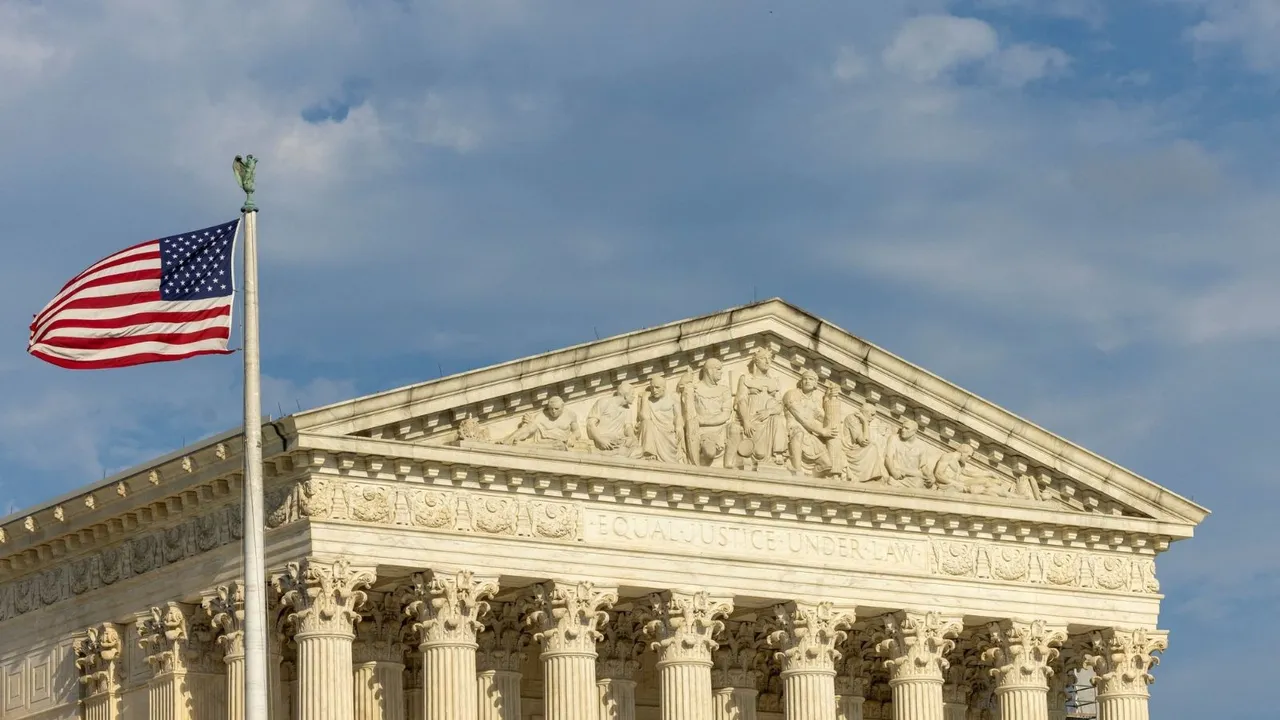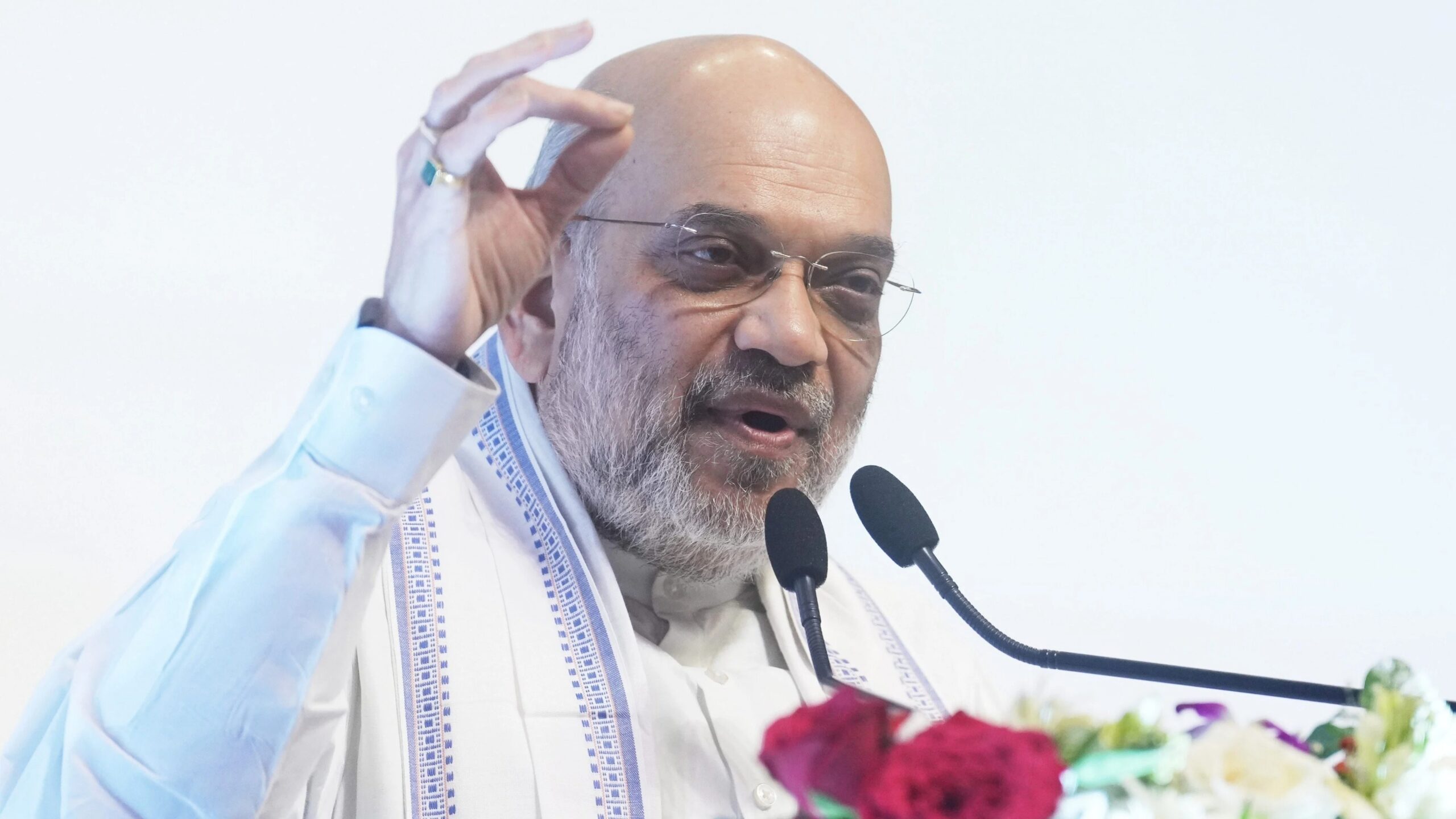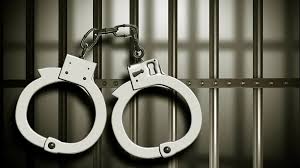Montreal: On his first day back in office, U.S. President Donald Trump issued an astonishing wave of directives — 26 executive orders, four proclamations, and 12 memorandums — signaling his determination to reshape the presidency into a far more powerful, centralized institution.
Since then, Trump has continued to govern through unilateral action, firing thousands of federal employees, dismissing high-profile officials — including members of the Corporation for Public Broadcasting and the U.S. Commission on Civil Rights — and even attempting to dismantle entire agencies such as the Department of Education and USAID.
While some critics view these actions as driven by ego and authoritarian instinct, others see a deeper constitutional project at work — the culmination of the unitary executive theory, a decades-old doctrine asserting that all executive power rests solely in the hands of the president.
A Presidency Without Restraint
In 2017, Trump lamented the constraints on his power:
“Because I’m the president of the United States, I’m not supposed to be involved with the Justice Department or the FBI … and I’m very frustrated by it.”
The unitary executive theory, developed by conservative legal thinkers in the 1980s during the Reagan era, challenges precisely those limits. It argues that the president should have complete authority over all executive functions — from law enforcement to regulatory oversight — including the power to direct, overrule, or dismiss any subordinate official at will.
Under this theory, the president could:
Order the FBI or Justice Department to investigate political rivals.
Override laws through “signing statements,” as George W. Bush did to sidestep torture bans.
Control independent agencies such as the SEC or the Federal Reserve.
Initiate military action without congressional approval.
Essentially, it envisions a presidency with minimal checks — a structure some scholars warn resembles autocracy more than constitutional democracy.
From Fringe Idea to Supreme Court Doctrine
For decades, courts grappled only indirectly with this theory. Early cases like Kendall v. U.S. (1838) and Myers v. U.S. (1926) touched on presidential removal powers, while Humphrey’s Executor v. U.S. (1935) and Morrison v. Olson (1988) explicitly upheld Congress’s right to limit presidential control over independent officials.
But recent decisions show the Supreme Court drifting decisively toward a “unitary” presidency. In Seila Law LLC v. CFPB (2020), the Court ruled that the structure of the Consumer Financial Protection Bureau violated the separation of powers — a move Justice Clarence Thomas used to urge the Court to “repudiate” Humphrey’s Executor altogether.
Since Trump’s return to office, new rulings — including Trump v. Wilcox, Trump v. Boyle, and Trump v. Slaughter (all 2025) — have upheld his dismissal of officials once thought protected from political interference, such as those in the Federal Trade Commission and Consumer Product Safety Commission.
Conservative justices have signaled that they are ready to go further. Justice Brett Kavanaugh wrote in Trump v. Boyle that there is a “fair prospect” the Court will soon overturn Humphrey’s Executor entirely. Justice Elena Kagan, dissenting in Trump v. Slaughter, warned that the majority seemed “raring” to do just that.
Toward an Imperial Presidency
If the Court officially embraces the unitary executive theory, Trump could gain unprecedented personal control over the federal government. Supporters say this would streamline governance and curb bureaucracy; opponents warn it would dismantle the very foundation of American checks and balances.
Justice Kagan cautioned that such a move could “end administrative governance as we know it.” Independent, bipartisan agencies — designed to uphold expertise, fairness, and continuity beyond any one president’s whims — could vanish.
As Kagan wrote, Congress created those bodies “to advance the long-term public good.” Eliminating their independence would mean that the fate of U.S. governance could hinge entirely on the will of a single individual — a model more akin to dictatorship than democracy.













